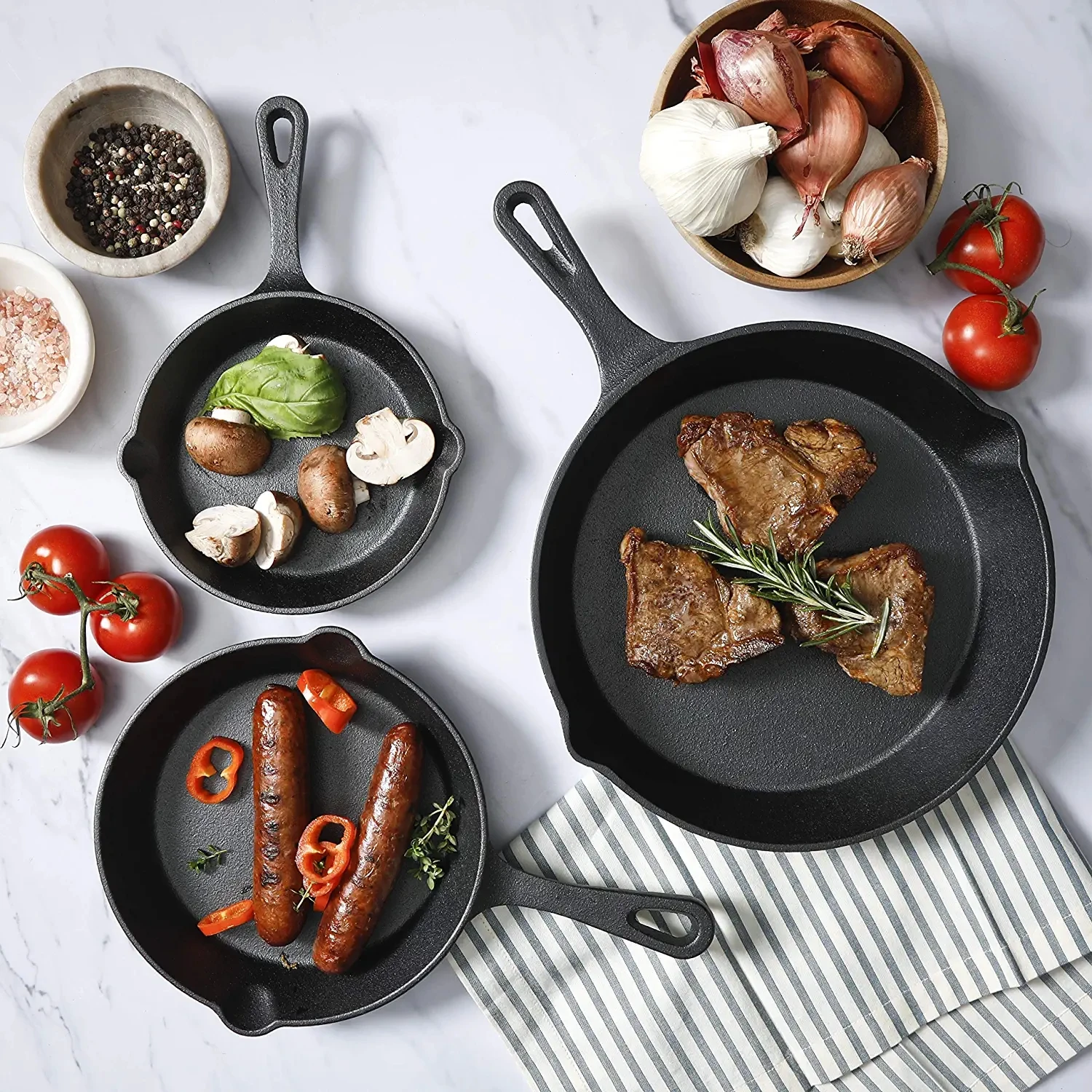
dutch oven types
Exploring the Types of Dutch Ovens
Dutch ovens have gained immense popularity in kitchens worldwide, thanks to their versatility, durability, and ability to retain heat. Whether you’re a seasoned chef or a home cook, understanding the different types of Dutch ovens can enhance your cooking experience. In this article, we will explore the various types of Dutch ovens available, focusing on their materials, design, and functionality.
1. Enameled Cast Iron Dutch Ovens
One of the most common types of Dutch ovens is the enameled cast iron version. These Dutch ovens are coated with a layer of enamel, which makes them not only visually appealing but also prevents rust and eliminates the need for seasoning, as is often required with traditional cast iron cookware. Enameled cast iron Dutch ovens are available in various colors and sizes, making them a stylish addition to any kitchen. They are perfect for braising, baking, and simmering soups and stews, as they distribute heat evenly and retain it for long periods. Brands like Le Creuset and Staub are renowned for their high-quality enameled Dutch ovens.
2. Bare Cast Iron Dutch Ovens
Bare cast iron Dutch ovens are another popular choice. Unlike their enameled counterparts, these ovens require seasoning before use, creating a natural non-stick surface. Over time, they develop a dark, rich patina that adds to their cooking performance and flavor. Bare cast iron is incredibly durable and can withstand high temperatures, making it suitable for both stovetop and oven use. However, their lack of enamel coating makes them susceptible to rust if not properly maintained. Many cooks prefer bare cast iron for outdoor cooking, especially for campfires and barbecues, due to their ability to handle direct heat.
dutch oven types

While traditional Dutch ovens are typically made of cast iron, aluminum versions are gaining traction. Lightweight and easy to handle, aluminum Dutch ovens heat up quickly and are ideal for outdoor cooking scenarios. They are commonly used for camping or picnics since they can be easily transported. However, aluminum Dutch ovens may not retain heat as well as their cast iron counterparts and usually do not provide the same depth of flavor in dishes. Many outdoor enthusiasts appreciate aluminum Dutch ovens for their convenience and practicality when cooking away from home.
4. Stainless Steel Dutch Ovens
Stainless steel Dutch ovens are another viable option, particularly for those who prefer a modern style and easy cleanup. These pots often feature a heavy bottom for even heat distribution and come in various sizes. Stainless steel Dutch ovens are non-reactive, which means they won’t impart any metallic taste to your food. While they excel at boiling, sautéing, and browning, they might not have the same heat retention properties as cast iron. Many cooks appreciate stainless steel for its versatility and resistance to stains and odors.
5. Ceramic Dutch Ovens
Ceramic Dutch ovens have carved a niche for themselves in the culinary world, especially for those who are looking for a non-toxic cooking option. Made from clay and then fired (and often glazed), these Dutch ovens offer even heat distribution and a pleasing aesthetic. They are typically used for slow cooking, baking, and serving. However, ceramic Dutch ovens can be prone to chipping and breaking if not handled carefully, so they are best suited for gentle use rather than high-heat cooking methods.
Conclusion
Understanding the different types of Dutch ovens allows you to make informed choices based on your cooking style and preferences. Each type offers unique benefits, whether it’s the heat retention and durability of cast iron or the lightweight convenience of aluminum. Ultimately, the best Dutch oven for you depends on how you plan to use it in your culinary adventures. As you explore the various options, you’ll find that a good Dutch oven can become an essential tool in your kitchen, bringing warmth and delicious flavors to your home-cooked meals. Happy cooking!
-
Authentic Traditional Chinese Wok for High-Performance CookingNewsAug.02,2025
-
Season Cast Iron Perfectly with GPT-4 Turbo TipsNewsAug.01,2025
-
High Quality Cast Iron Cookware - Baixiang County Zhongda MachineryNewsAug.01,2025
-
Premium Cast Iron Pan: Durable & Perfect HeatNewsAug.01,2025
-
High Quality Kitchen Durable Black Round Cast Iron Cookware Pancake Crepe Pan-Baixiang County Zhongda Machinery Manufacturing Co., Ltd.NewsAug.01,2025
-
Cast Iron Cookware - Baixiang County Zhongda Machinery | Nonstick, Heat ResistanceNewsAug.01,2025


